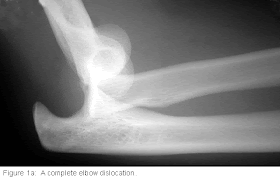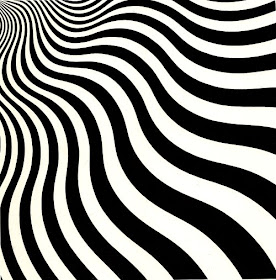A few years ago at a business reception
in Manhattan (felicitously called a “salon”)
organized by an old friend, I ran into a girl from my
college class who had clearly gone nuts.
You could feel this entering the room, even before setting eyes on her. I sensed a low, throbbing, dissonant hum, growing ever more persistent. It reminded me of the intense electronic music in the movie Forbidden Planet painfully gathering and swelling until Anne Francis and Leslie Nielsen finally fled the Krell's graveyard world.
She still looked good. Always a pretty girl, now become a very minor celebrity, she had maintained her schooldays Pre-Raphaelite visual persona, but her face and eyes told that either the “meds” weren’t working or that she was completely beyond their reach. When I spoke to her, the “no one home” sign was sadly unmistakable.
I told Caroline about this later that evening and wrote about it the next day to another friend, describing the feeling I had seeing the crazy girl as "dislocation.”
In other words, I had no idea where my old friend was, what she was feeling or why, and seeing her pushed me off my grid into terra incognita.
It's often that way when you meet people who seem to be there, but aren’t really, i.e., people lacking empathy and emotional coordinates. Based on the things I’ve learned in school and experienced, I think human nature has remained pretty much the same throughout history (this is why great poetry, visual art, music of the past, and historic philosophy and religious teachings can still “reach” us), but now there are many more trap doors and worm-holes leading to private mirrored prisons than there were when I was growing up. People seem intent on constructing their own black holes.
I feel this every time I view Facebook, where friends have transmuted into “friends” and all things seem simulated, not real. I see it reflected in our remote-control international drone wars prosecuted by dessicated entities I see in 3-D tv shadows and fought by soldier-technicians schooled, skilled and desensitized on "shooter" video games.
This morning I feel it acutely in the fervid interest and pleasure I see some of my own contemporaries taking in the weekend's annual “White House Correspondents Dinner,” an event that so clearly demonstrates the “productizing” and trivializing of news and reinforcing of status quo thinking and values, it prompts feelings of loss and tragedy. Only a serf satisfied in his servitude could feel anything but disgust and shame. (Who was it that said "politics is show business for ugly people?")
..On the Western Seaboard of South Uist
......Los muertos abren los ojos a los que viven
I found a pigeon's skull on the machair,
All the bones pure white and dry, and chalky,
But perfect,
Without a crack or a flaw anywhere.
At the back, rising out of the beak,
Were domes like bubbles of thin bone,
Almost transparent, where the brains had been
That fixed the tilt of the wings.
I hope you liked that. I thought it was amazing when I read it. Its mysterious origins and the poet's biography are both fascinating and worth investigating. Oh -- Jane and I saw The Raven yesterday. You can skip it. This was a movie that really needed Nicholas Cage to succeed.



































